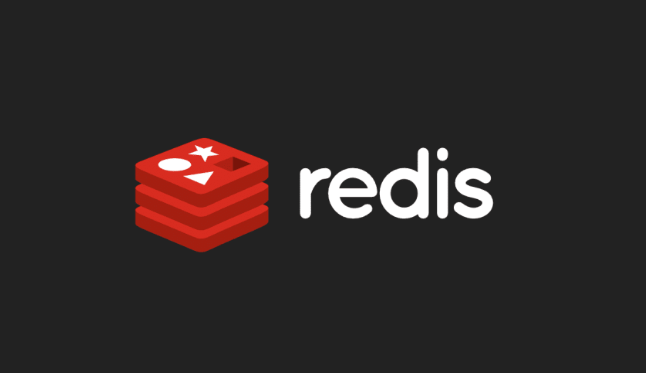Using Redis for caching in Java full stack applications can greatly improve the performance and scalability of your application. Redis is an in-memory data store that allows for fast data retrieval and storage. Here’s how you can integrate Redis caching into your Java full stack application:
- Set Up Redis:
Install and configure Redis on your server or use a managed Redis service from a cloud provider. Make sure Redis is running and accessible from your Java application. - Add Redis Dependency:
Include the Redis client library as a dependency in your Java project. If you’re using Maven, add the following dependency to yourpom.xml:
<dependency>
<groupId>org.springframework.boot</groupId>
<artifactId>spring-boot-starter-data-redis</artifactId>
</dependency>- Configure Redis Connection:
Configure the Redis connection properties in your application’s configuration file (application.propertiesorapplication.yml). Set the Redis server host, port, and any authentication details if necessary. - Enable Redis Caching:
Enable Redis caching in your Java application by adding the@EnableCachingannotation to your Spring Boot application class. This annotation activates the caching support in Spring Boot. - Define Cacheable Methods:
Identify methods in your application that can benefit from caching. Annotate these methods with the@Cacheableannotation from Spring’s cache abstraction. Specify the cache name and any additional cache-related properties.
@Cacheable(value = "myCache", key = "#param")
public Object getData(String param) {
// Fetch data from database or other sources
// ...
}- Configure Cache Managers:
Configure the cache manager to use Redis as the caching provider. Spring Boot provides an auto-configured cache manager by default. However, you can customize the cache manager configuration if needed.
@Configuration
public class CacheConfig extends CachingConfigurerSupport {
@Bean
public CacheManager cacheManager(RedisConnectionFactory redisConnectionFactory) {
RedisCacheConfiguration redisCacheConfiguration = RedisCacheConfiguration.defaultCacheConfig()
.entryTtl(Duration.ofMinutes(5)); // Set cache expiration time
return RedisCacheManager.builder(redisConnectionFactory)
.cacheDefaults(redisCacheConfiguration).build();
}
}- Utilize Caching in Your Code:
Use the caching annotations in appropriate methods throughout your codebase. When a method with the@Cacheableannotation is invoked, the caching framework will first check the cache. If the data is present, it will be returned from the cache. Otherwise, the method will be executed, and the result will be cached for future invocations. - Invalidate and Evict Cache:
Use the@CacheEvictannotation to invalidate or evict specific entries from the cache when relevant data is updated or deleted. This ensures that stale data is not served from the cache.
@CacheEvict(value = "myCache", key = "#param")
public void updateData(String param) {
// Update data in the database or other sources
// ...
}- Test and Monitor:
Test your application to ensure that caching is working as expected. Monitor your application’s cache usage and performance to identify any potential bottlenecks or inefficiencies.
By incorporating Redis caching into your Java full stack application, you can significantly improve response times and reduce the load on your backend systems. Redis provides various caching strategies, such as cache expiration, cache eviction policies, and support for distributed caching, which can be beneficial for applications with high traffic or complex data retrieval needs.



